
Sundance Film Festival favorite CODA arrived on Apple TV+, a crowd-pleasing tear-jerker written and directed by Siân Heder (Tallulah) that will make audiences cheer for a young woman discovering what she’s good at and making her way in the world.
The film follows 17-year-old Ruby Rossi (Emilia Jones), who is the sole hearing member of a deaf family — a CODA, or child of deaf adults. Ruby’s life revolves around acting as interpreter for her parents (Marlee Matlin as Jackie Rossie and Troy Kotsur as Frank Rossi) and working on the family’s struggling fishing boat every day before school with her father and older brother (Daniel Durant). But when Ruby joins her high school’s choir club, she discovers a gift for singing and finds herself drawn to her duet partner, Miles (Ferdia Walsh-Peelo). Encouraged by her enthusiastic, tough-love choirmaster (Eugenio Derbez) to apply to a prestigious music school, Ruby finds herself torn between her obligations to her family and the pursuit of her own dreams.
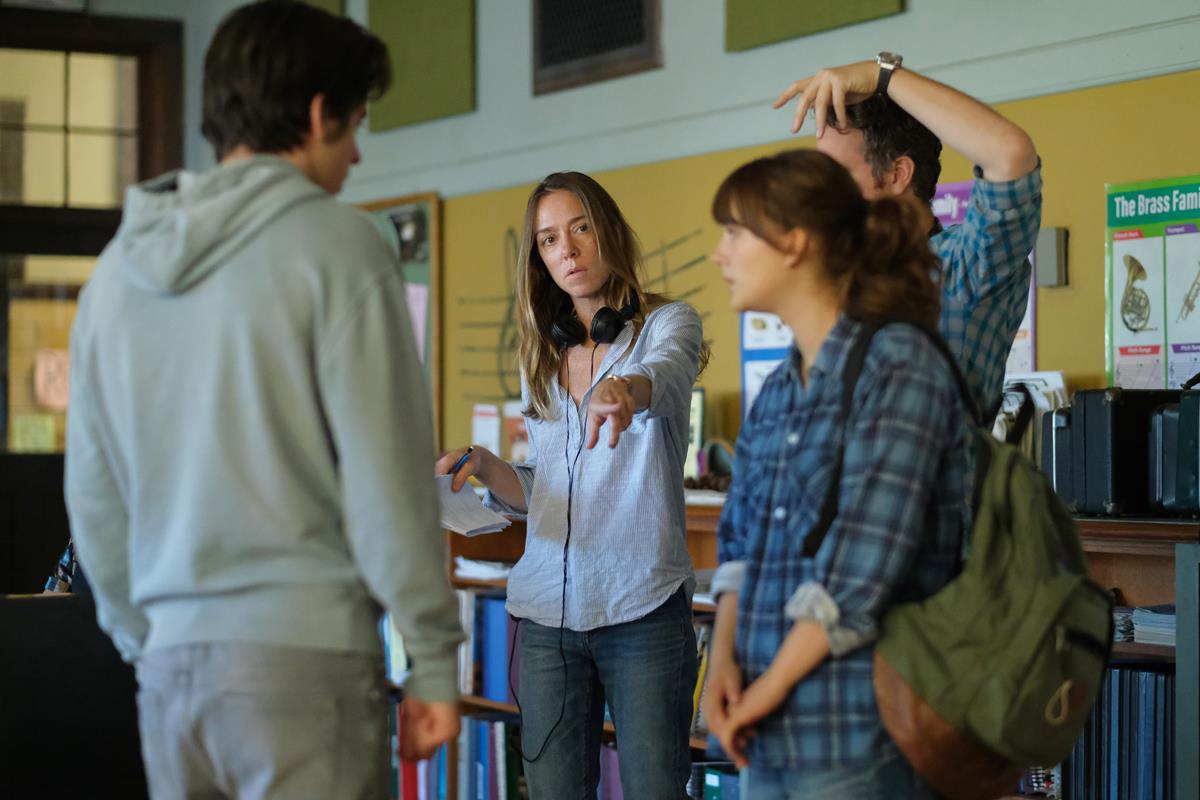
“CODA made history when selling to Apple in a deal worth $25 million, the biggest sale in the festival’s history (the previous biggest was the $22 million paid by Neon and Hulu for Palm Springs),” Pamela McClintock writes in The Hollywood Reporter. “It was also the first Sundance entry to win all four top prizes in the U.S. Dramatic Competition category; special jury award for ensemble cast, the directing award, the audience award and the grand jury prize.”
READ MORE: ‘CODA’ Lands August Release on Apple+ and in Theaters (The Hollywood Reporter)
“CODA has been described in shorthand as Glee meets Sound of Metal, the Riz Ahmed-starring film about a drummer grappling with his sudden hearing loss and attempting to acclimate into the hearing-impaired community,” senior entertainment reporter Kevin Fallon notes in The Daily Beast. “CODA really is a remarkable film,” he adds, “the kind that has musical sequences that would have garnered mid-screening rounds of applause from an excited festival audience, and so heartfelt it would have incited more than one group sobbing session on its way to a post-credits ovation.”
READ MORE: Why the Deaf Family Dramedy ‘CODA’ Became Sundance’s Biggest Sale Ever (The Daily Beast)
CODA breaks new ground in various ways, Mac Observer’s Charlotte Henry notes, chief among them that the film is being screened with open captions across the US and UK.
Jill Serjeant, at Reuters, reports that Apple worked with movie theater operators to ensure the film would be played everywhere for deaf and hearing audiences alike, with the captions burned into the print in what is thought to be a first for a feature film release in theaters.
Heder recounted the reaction of a deaf man at an open caption screening in Gloucester, Massachusetts: “He was, like, ‘I don’t go to the movies. I can’t wear those glasses. They make me nauseous. Half the time they don’t work so I’ve just stopped going to the theater.’ He hadn’t seen a movie in the theater in 10 years and he was very moved and excited.”
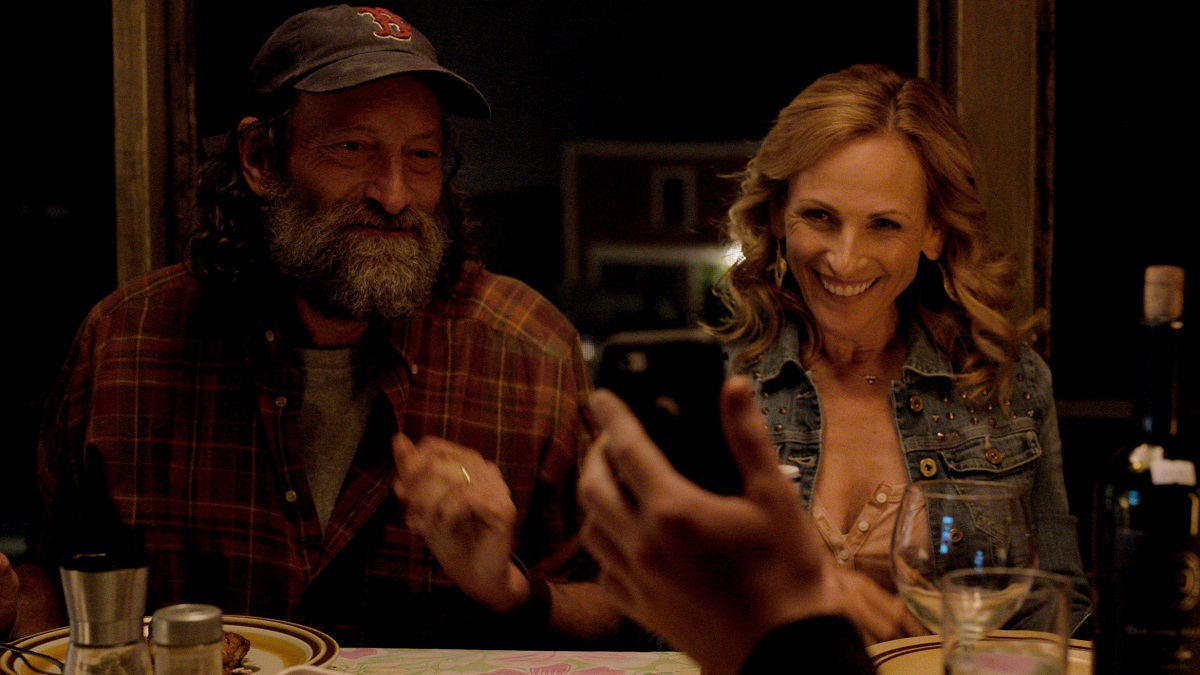
READ MORE: ‘CODA’ breaks new ground for deaf movie theater-goers (Reuters)
The film uses subtitles when family members communicate with each other, but only Ruby’s translations are heard when they speak with hearing people.
“CODA is closely based on a 2014 French film called La Famille Bélier, but this version has one important quality that the French film didn’t: The deaf characters are played by deaf actors,” Linda Holmes explains in her review for NPR. “Matlin is probably the most famous deaf actor in the United States, but CODA also has hugely appealing turns from Kotsur and Durant, both of whom have worked with the Deaf West Theatre in Los Angeles, including on its lauded production of Spring Awakening.”
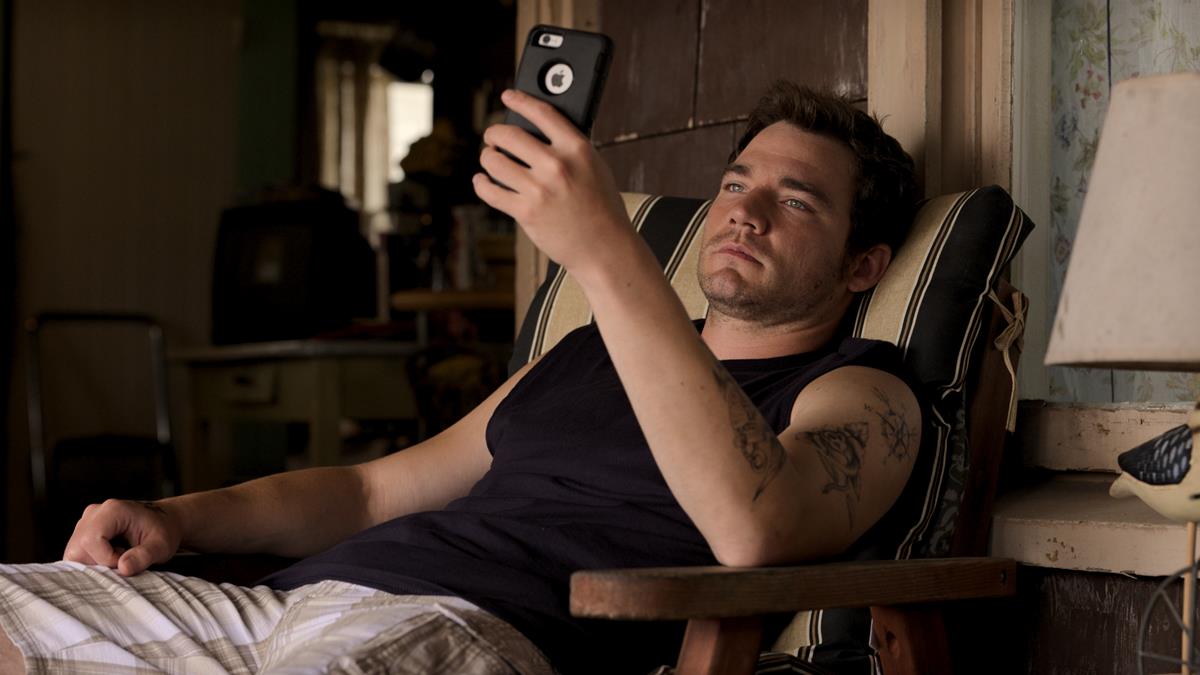
READ MORE: ‘CODA’ Will Yank Shamelessly On Your Heartstrings … But It’s Very Good At It (NPR)
CODA was shot in Gloucester, Massachusetts, during the summer of 2019. The production team hired two American Sign Language experts, Alexandria Wailes and Anne Tomasetti, to review the script and make adjustments to any scenes that weren’t true to deaf culture. During filming, Wailes and Tomasetti also helped Heder interpret the scenes and relay messages to the cast.
The breakout hit “is set to expand the conversation about diversity in Hollywood,” Gary Gerard Hamilton writes for Associated Press. “Although diversity has been a hot topic in recent years, discussions are generally centered only around race and gender. Heder, who began learning ASL a year before filming, says the industry should shift from its tendency to cast non-disabled actors as characters with disabilities.”
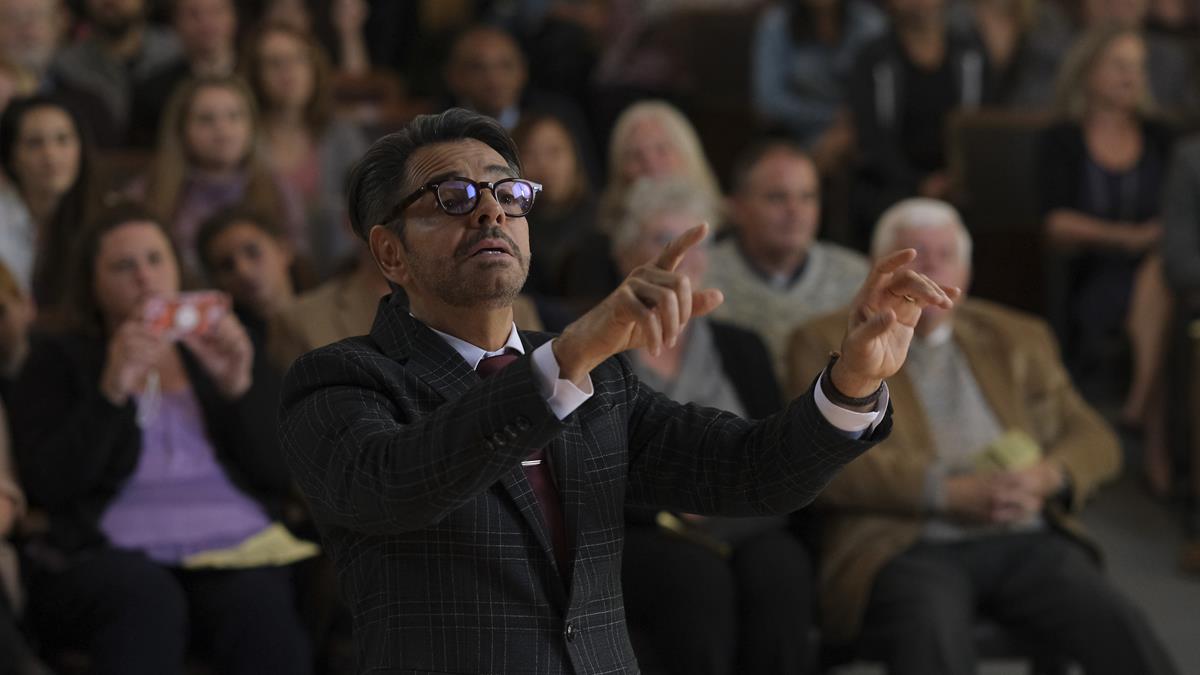
Speaking to Hamilton, Heder described the casting process for the film: “When we started casting… I think everyone needed to be educated. I remember people saying, ‘Well, are there deaf actors out there?’ And there are a world of deaf actors out there,” she said. “Troy is incredibly talented and he won this part, but there were other amazing actors that came in and auditioned for that role. And I would say that about every role across the board.”
READ MORE: ‘CODA’ has loud message even when there’s silence (Associated Press)
Heder, who also has written and directed episodes for Netflix hits Orange is the New Black and Glow, said there were two main lessons she took away from making CODA. “The biggest one for me was to trust my own instincts about my story and why I was telling it, starting with fighting to authentically cast deaf actors in those roles,” she told Robert Goldrich during an interview for SHOOT:
“I knew what was going to be creatively best for the film and the importance of surrounding myself with the right collaborators. I had to fight the right fights along the way and I’m so glad that I did. I stuck to my guns and knew when I wasn’t willing to compromise if I felt it was going to hurt the movie.”
The other lesson for Hader was that she had to evolve the way she worked, specifically with actors.
“It was really beneficial for me as a director to realize that I have so many tools at my disposal to communicate with. To challenge the idea of spoken English being my main tool. It was a powerful experience making the movie and having to be creative about how I relayed my ideas. In particular, discussing ideas with my cast and using my body to do that. I think it’s opened me up in a big way to finding other ways to express myself and craft performance. It was exciting to step outside of my comfort zone in terms of the patterns and rhythms that I was used to and find a new way to work.”
READ MORE: Sian Heder Reflects On “CODA,” Sundance, The Appeal of Commercialmaking (SHOOT)
In one pivotal sequence in the film, Ruby performs a soulful rendition of “You’re All I Need to Get By” at a high school recital. Ruby’s parents and brother sit in the audience, unable to hear her sing, but the camera pulls back to reflect their point of view as they carefully observe the reactions of the audience members around them. The music slowly fades into total silence, giving the audience an opportunity to perceive how deaf people experience everyday life. The family is present, but unable to fully share the emotion reaction of the crowd, lending the scene an added poignance.
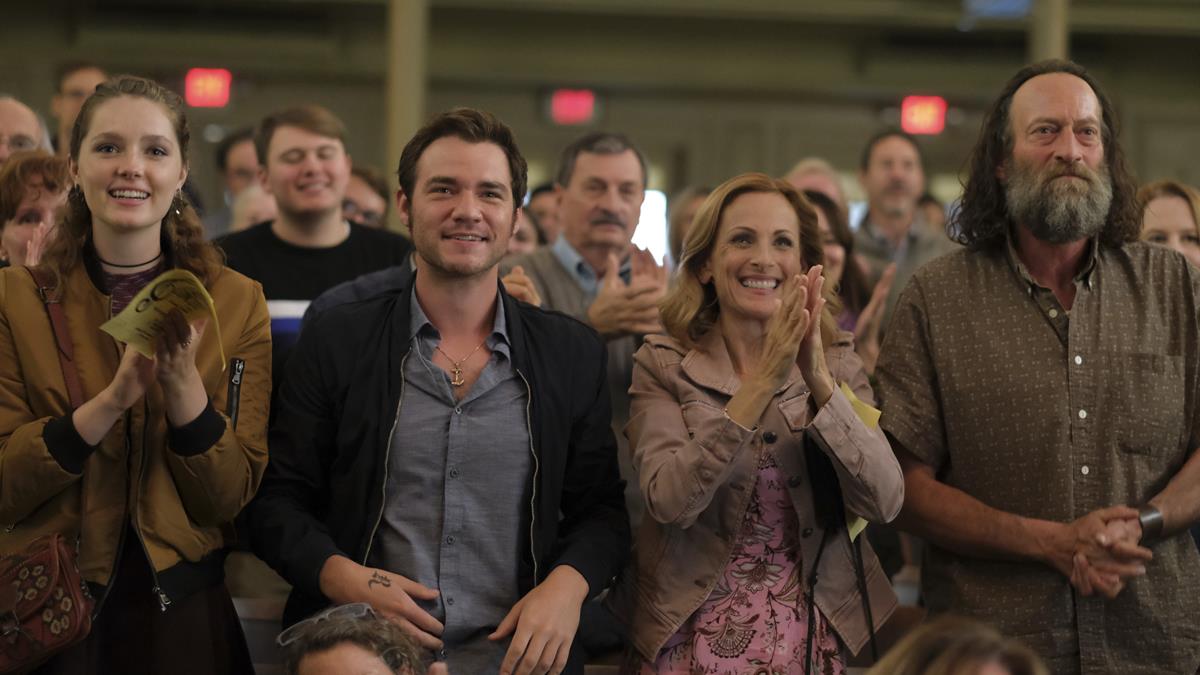
Heder knew the sound department wasn’t going to be thrilled with her decision, she recounted to Variety’s Rebecca Rubin. But Heder knew that employing pervading pitches or modulations would lessen the scene’s emotional impact, and stood her ground.
“Of course, every sound designer on the movie was like, ‘We’re not going to go to complete silence, right? We’ll have a tone or, like, couldn’t there be something?’” the director recalls. “In a way, it’s all hearing people trying to romanticize the deaf experiences and feeling true discomfort in the complete silence.”
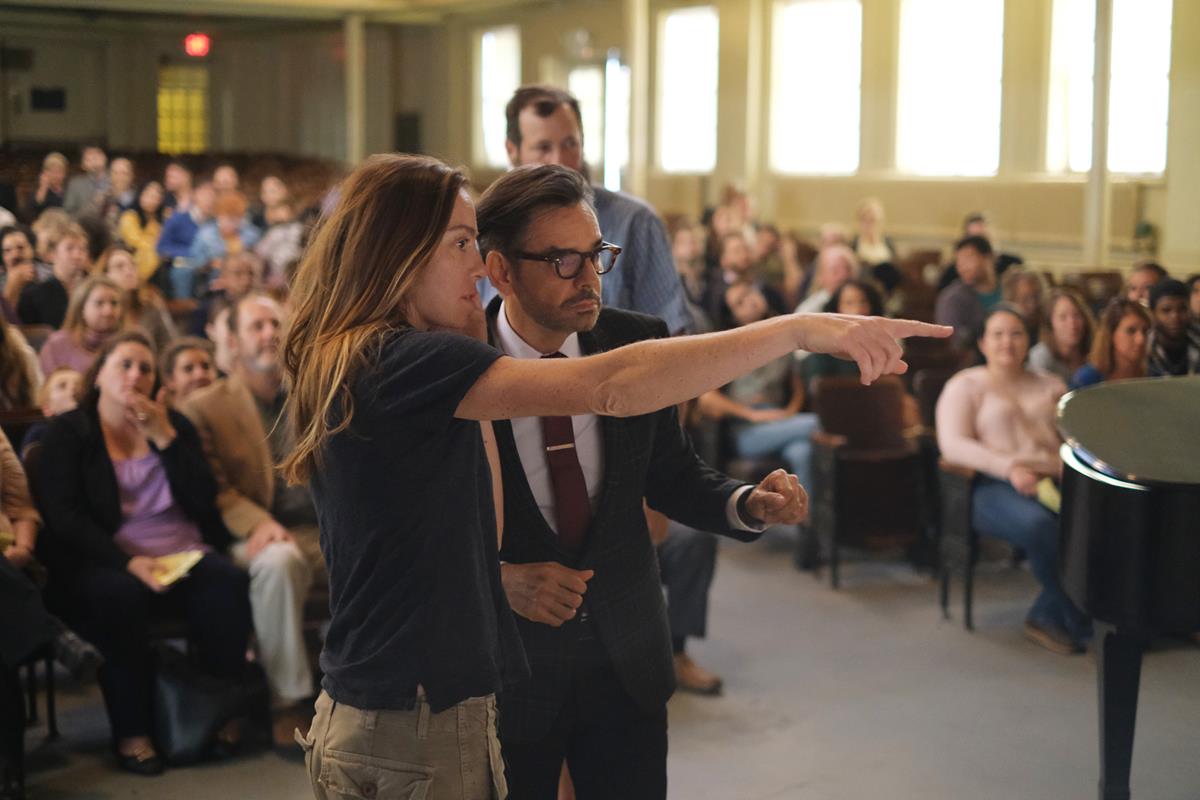
READ MORE: ‘CODA’ Director Sian Heder Opens Up About Her $25 Million Sundance Deal and Creating the Perfect Tear-Jerker (Variety)
“Showing that this family is just a normal, working-class, bawdy, funny family was really important to me,” Heder told Tim Molloy in an interview for MovieMaker. That note of authenticity had to extend to scenes of the family fishing boat, so the director reached out writer-director Kenneth Lonergan, whose Manchester by the Sea was shot in the region, for advice.
Lonergan said to Heder, “If you hire one person on your crew, it’s this guy,” marine coordinator Joe Borland. “He’s like, ‘This guy — our days at sea were our best days of the entire shoot. This guy was incredible.’ And so I hired Joe Borland, three years before we got the movie made,” she recounted to Molloy. “I went out to coffee with him and he was the guy who kept calling me every six months to be like, ‘Are we making this movie or not? What’s going on?’ Joe was a huge help in making inroads within the fishing community.”

While researching the script, Heder also spent time with various members of the fishing community. “I met with the Gloucester Fishermen’s Wives Association and they helped me with my research, and would tell me the bars to go to meet the fishermen, and so I knew the boats would get in at like one, and I would go at like two, down to the bars and hang out and chat people up,” she said.
Meeting people with boats was one thing, but “trying to get someone to let me use their fishing boat was so impossible,” Heder recalled, “because everybody was like, ‘I don’t give a shit about your movie. We were in The Perfect Storm, in the church scene. We don’t ever need to see another movie again.”
She finally met Captain Paul Vitale, who allowed her to accompany him on an excursion. “He was like, ‘All right, you meet me down at the docks at 3 a.m.’ And I woke up in the middle of the night, and I dragged my production designer Diane Lederman with me, and we went down to the docks at 3 a.m. … And we went out fishing with him. And he was so freaked out having other people on his boat he barely spoke to us. He was like, ‘Don’t talk to me, I do my thing. I fish alone. You sit over there, don’t touch anything.’ “
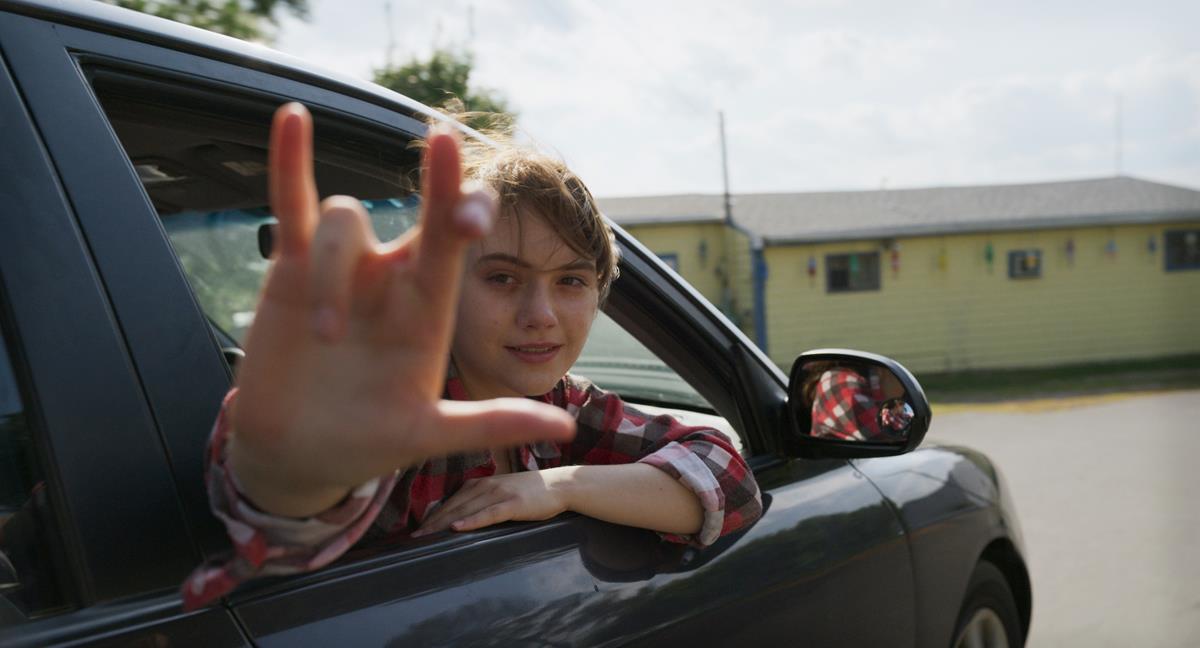
READ MORE: How CODA Writer-Director Siân Heder Tells Stories of Cultures She Doesn’t Belong To (MovieMaker)
CODA was shot by Mexican cinematographer Paula Huidobro, AMC, who has been collaborating with Heder since working on the director’s short film, Mother, which was produced in 2005 as part of the American Film Institute’s Directing Workshop for Women. The two also partnered for Heder’s 2011 short film, Dog Eat Dog (A Short Tale), as well as the feature film Tallulah and the Apple TV+ series Little America.
With its gray seascapes and quarry swimming holes, Gloucester set the look for the film. That included practical locations for the Rossi home, the ocean-view house owned by Ruby’s music teacher, and even the weathered faces of the Gloucester fishing community, many of whom participated as extras.
“We wanted the look to be natural and organic, not imposed,” she explained to Patricia Thomson in an interview for American Cinematographer. “For me, it was important to do justice to the landscape because it’s quite gorgeous — the ocean and all those quarries. We wanted to show what it feels like when you’re actually there.”

Huidobro employed the Sony VENICE 6K camera for the film, outfitted with ARRI signature LF Prime lenses. “We were attracted to the resolution of the large format and the sharpness of the image without it appearing harsh,” she told Thomson. “The Signature lenses are quite beautiful for portraits, with their depth of field and creamy look.”
One of the biggest challenges the filmmakers faced while making CODA was shooting three miles at sea, as fishing regulations required. The boat the production had chartered for the shoot was a “dragger” with a winch and net, chosen so they could capture the visual impact of fish being dumped on the deck from a huge net.
“We didn’t have fake fish, so we only had one chance to bring the net up and film it. Once the fish are dead, it doesn’t look real anymore,” Huidobro said. “The space in the boat was very limited, so we decided to go handheld, which also helped with the immediacy and realness of the story. We had a crane on a speedboat to get the wider shots.”
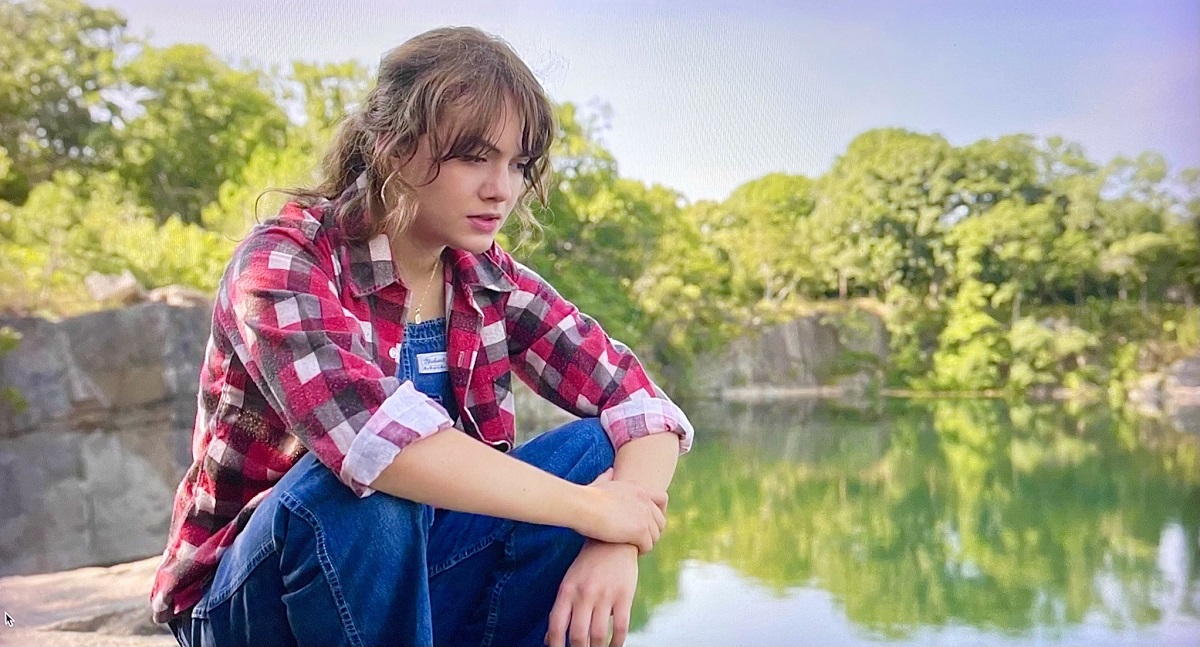
READ MORE: Bold Visions: CODA (American Cinematographer)
Huidobro described the challenges of filming with deaf cast members in an interview with Filmmaker Magazine. “Three of our cast members were deaf and we all had to work together in the process of communicating on set,” she said. “A lot of the scenes were told in sign language and the blocking and framing had to support that.”
The DP also found it interesting to learn about fishing and working on a small fishing boat in the middle of the ocean. “There were a lot of logistics involved just in terms of how many people could be on the boat, how much fish we could actually fish, scheduling our day correctly and making justice to the beauty of the place and also capturing all the elements of our story thru the point of view of Ruby.”
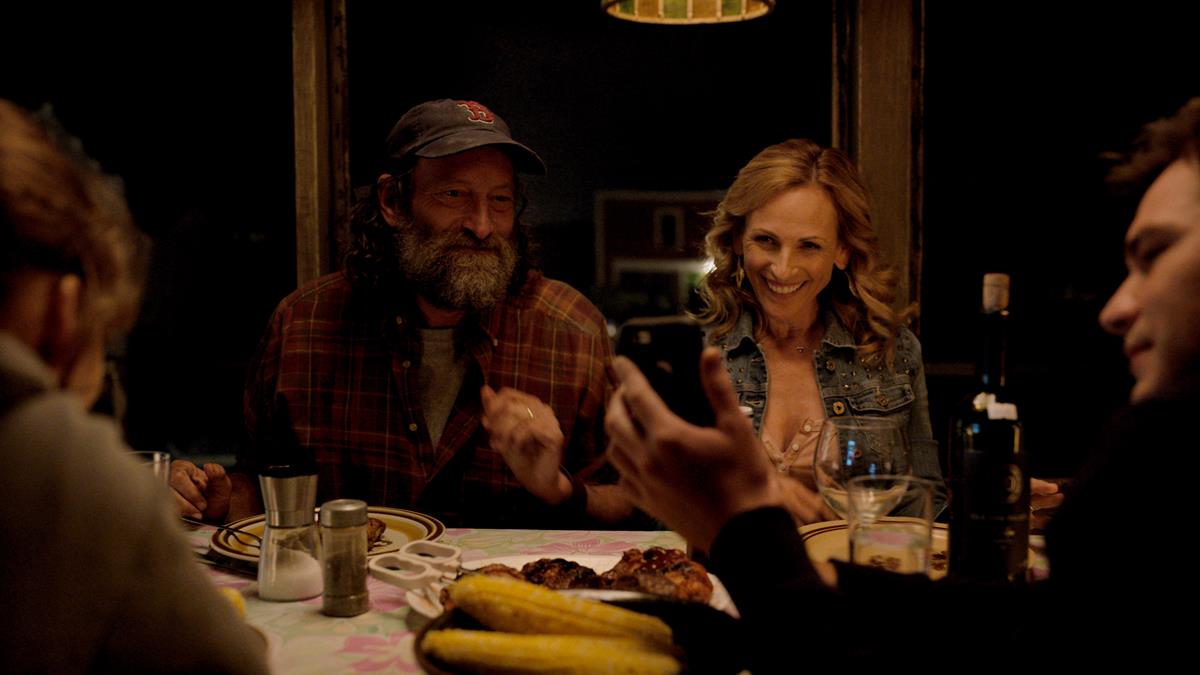
READ MORE: “The Complexities of Being a Hearing Child in a Deaf Family”: DP Paula Huidobro on CODA (Filmmaker Magazine)
The director and cast hope CODA will inspire filmmakers to make more stories about people with disabilities, Heder told Kristen Lopez during a roundtable discussion with the cast for the IndieWire Sundance studio presented by Adobe. The film is only about one specific child of deaf adults, but “the bigger topic is that more stories about disability and deafness need to be told,” she said.
Watch the full conversation in the video below:
Want more? Siân Heder, an alum of the AFI Directing Workshop for Women, speaks to the AFI Conservatory Fellows about the making of her film, CODA:
Heder describes how Troy Kotsur and Emilia Jones both improvised a scene in CODA that became one of the film’s most emotional moments:
Heder Kotsur and Jones, along with Daniel Durand, also sat down with The Wrap to discuss what it was like working with Eugenio Derbez, and how they incorporated comedy into the scenes whenever they could:
Marlee Matlin, Troy Kotsur, and Daniel Durant discuss the importance of having an authentic portrait of Deaf culture:
The discussion continues as Matlin, Kotsur and Durant explain the responsibility of representing the Deaf experience in an interview for Variety:
Writer-director Sian Heder and producers Patrick Wachsberger, Fabrice Gianfermi, Philippe Rousselet discuss the making of the critically acclaimed awards contender CODA in a conversation for Screen International moderated by film critic Scott Mantz:
Interested in going behind the scenes of the music video with Deaf West Theatre? Check out the video below to see how the filmmakers brought the song and choreography to life, creating a video that impacts both Deaf and hearing audiences:




